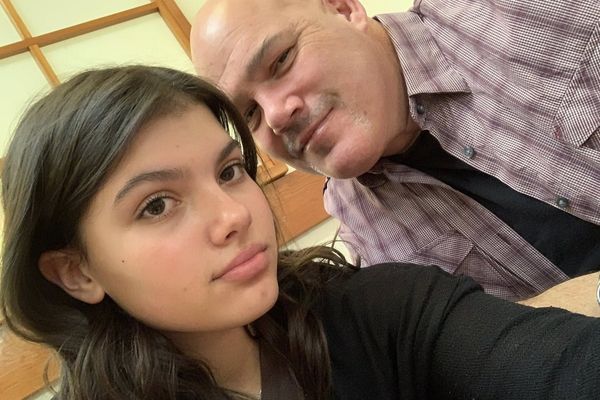
Health experts say Australia will move past the worst of its winter COVID-19 wave in coming weeks, even as deaths from the virus spike to a monthly record.
There were 41 virus-related deaths across Australia on July 31, bringing the month’s total death toll to 1949.
The grisly figure surpassed the previous record monthly number of COVID deaths in the initial Omicron outbreak, with 1519 Australians losing their lives in January.
As previously reported by The New Daily, the recent upswing in case numbers and deaths is largely due to the spread of the BA.4 and BA.5 Omicron subvariants.
However, health experts say better days may soon be ahead, with COVID cases and virus hospitalisations appearing to trend down in most states.
Victorian chief health officer Brett Sutton said the state’s flu season was pretty much “done and dusted” in a Monday afternoon press conference.
Professor Sutton said Victoria had likely reached its peak of cases and hospitalisations for this winter COVID wave, with a 10 per cent fall in hospitalisations from last week.
Promising signs
Victoria is one of several states experiencing a welcome decline in COVID hospitalisations.
The number of Victorians hospitalised with the virus peaked at 906 on July 20.
But these numbers appear to be on a downward trend, with 773 patients remaining in hospital as of Monday.
Professor Sutton told the ABC’s Raf Epstein on Friday that, despite fewer hospitalisations and cases, he expected the number of COVID-related deaths to remain high.
“Deaths, unfortunately, are going to remain high and even rise over the next couple of weeks because of that lag from cases [being reported],” he said.
In NSW, however, it appears the peak may be yet to come. The number of patients in hospital with the virus in the state remains on an upward trend.
However, with hospitalisations stabilising in South Australia and the ACT, and declining in Tasmania, Western Australia, Queensland and the Northern Territory, most of the nation appears to be on the tail end of this current COVID wave.
‘Cautious optimism’
One expert told The New Daily that, while there were some grounds for “cautious optimism”, it was still “a little too early” to be confident of exactly when this winter wave will be behind us.
Associate professor at the University of Queensland school of medicine, Paul Griffin, said it was difficult to pinpoint the exact end of the wave, given the quality of case data.
“The hospitalisation rates are falling, some of the case numbers are falling. So I think it does potentially look like the worst might be behind us. But it is a little early to be confident of that,” Professor Griffin said.
“These days, we know a lot of people don’t get tested and many get tested and don’t report them. So we know that there’s an inherent day-to-day variability of case numbers … We do need to be cautious over calling case numbers as the quality of that data is a bit limited at the moment.”
Professor of mathematical biology at the University of Melbourne, James McCaw, echoed Professor Griffin’s sentiments, saying it was “still very early days” in determining exactly when the wave will pass.
“There are a few mixed signals, and we need to be very cautious,” he said.
As they say, hindsight is 20/20.
“Right at the peak, it’s very hard to know if you’re there or not. It’s always clear when you look back and say, ‘yes, the peak was behind us’. But we’re not there quite yet.”
Based on current figures, Professor McCaw said he would be “very surprised” if cases hadn’t begun significantly declining by mid-August.
What’s next?
Despite relief at the prospect that the worst of winter may be behind us, Professor Griffin said it was far from the last COVID wave for Australia.
“What’s clear is that there will be another wave. Exactly what subvariant it is, when it occurs, is obviously not something that can be predicted with a high degree of accuracy,” he said.
That echoed comments by Professor Sutton, who warned Victorians on Monday that “in all likelihood, we are facing a new variant and another wave every three, four, five months”.
But, while there’s no end in sight just yet for ongoing COVID waves, there is some hope that we will be better equipped for when they do arrive.
Current COVID-19 vaccines are all based on the original 2020 strain.
But protections against newer strains should soon be bolstered by updated vaccines in the pipeline. Pfizer and Moderna are working on Omicron BA.4 and BA.5 vaccines, which both manufacturers hope will be ready as soon as September.








